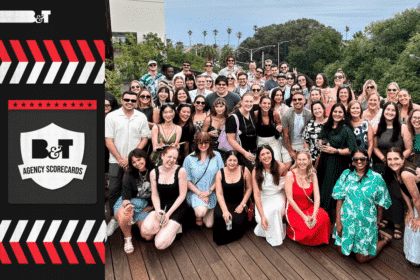Snapchat has revealed it has four million active daily users in Australia and 150 million users globally. This is the first time Snapchat has released local user figures and demographic split publicly.
Globally, over 150 million people use Snapchat every day, watching over 10 billion videos each day and sending more than one billion Snaps each day. The largest audience of Snapchatters are aged 18-24 (31 per cent), followed by 25-34-year-olds (28 per cent), 13-17 (23 per cent) and 35+ (18 per cent).
In comparison, Facebook has 14 million monthly active users, Instagram has seven million monthly active users and Twitter doesn’t circulate its Australian users.
It’s been an exciting year for Snapchat-opening the Australian office in May with former News Corp sales director, Kathryn Carter taking the lead as Australian general manager. Brands who have advertisers in Australia so far include: Chanel, Dan Murphy’s, CBA (Snap Ads); AAMI, NAB, Myer, McDonalds (Lenses); and Pandora, McDonalds (Geofilters).
This year hasn’t been without its controversies for Snapchat- especially for its filters which have often been critised for being racists. On the worldwide weed holiday 4/20 (20th of April), Snapchat was criticised of digital blackface with Bob Marley filter which included dreadlocks, a Rastafarian hat, beard and darker skin. Snapchat also released a filter which was meant to be ‘anime-inspired’ but instead has been accused of ‘yellowface’.
Snapchat has also launched its first hardware product- unisex sunnies called Spectacles which have a tiny camera on the frame which records up to 10 seconds of video from your first-person vantage. B&T really wants a pair (hint, hint).
https://youtu.be/XqkOFLBSJR8
Snapchat has become the ‘little social company that could’ appeal to the younger audience. The social media company has cut the grass of other socials; for example, this year Instagram has been re-purposing Snapchat’s key features including Stories and disappearing photos.
Instagram CEO Kevin Systrom admitted that Snapchat deserves credit, telling TechCrunch: “No one looks down at someone for adopting something that is so obviously great for presenting a certain type of information. And I think what you see is that every company looks around and adopts the best of the best formats or state-of-the-art technology.








